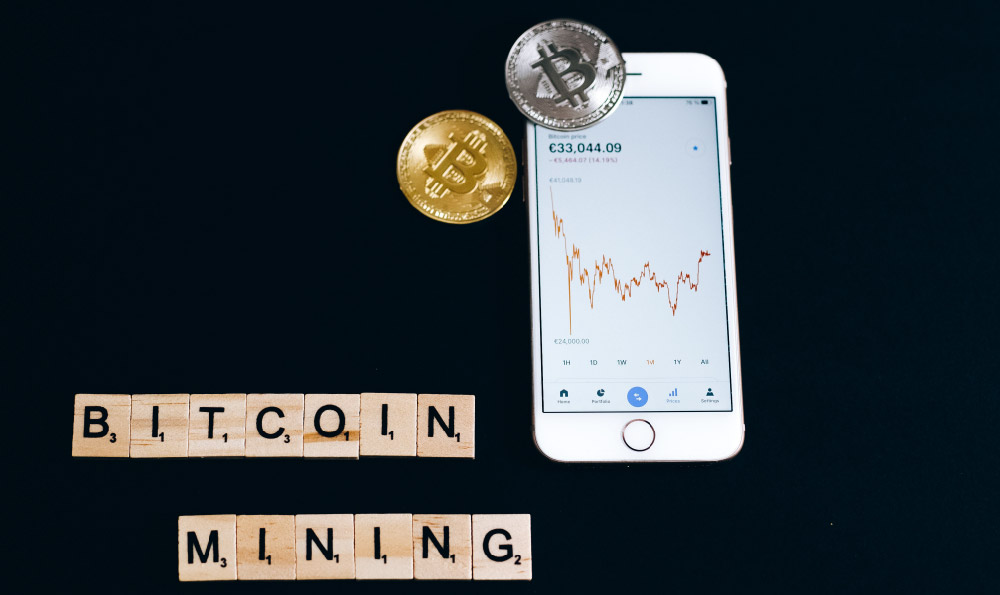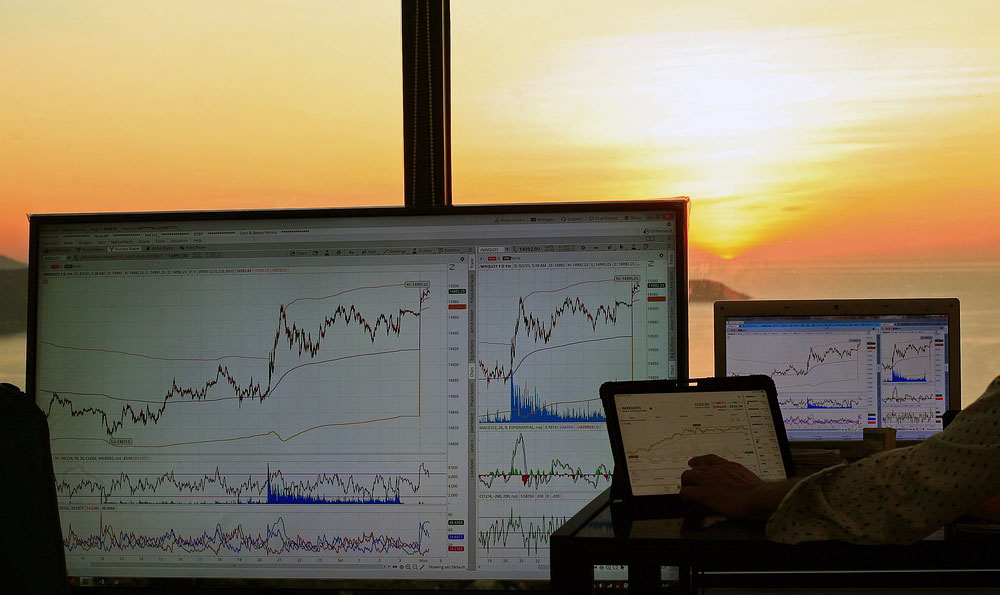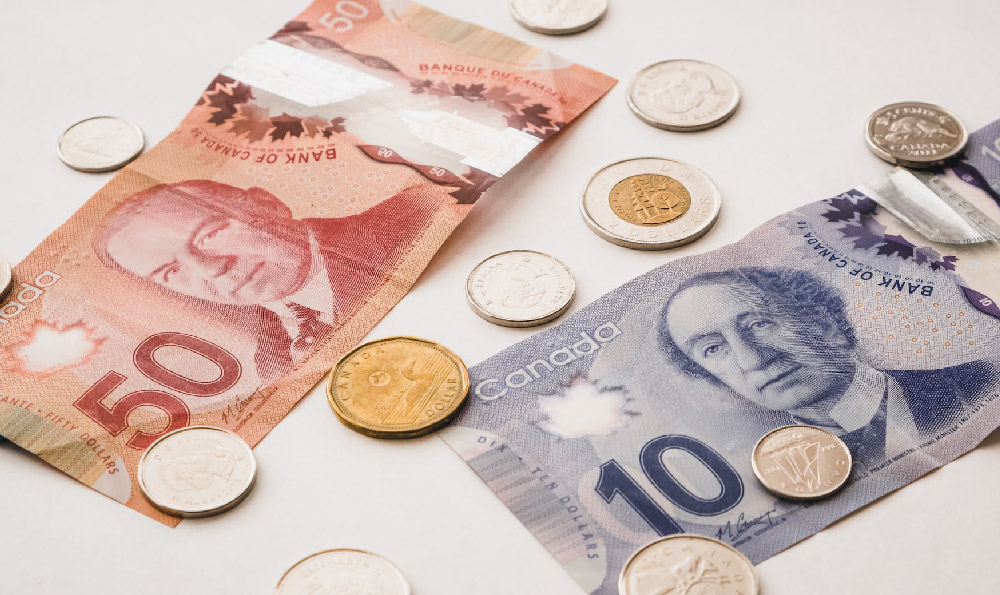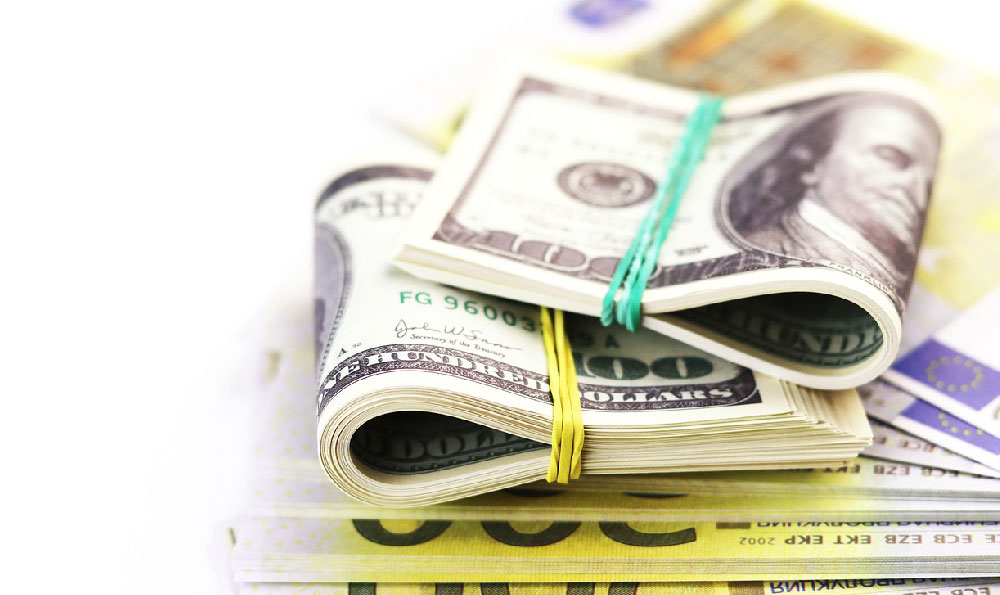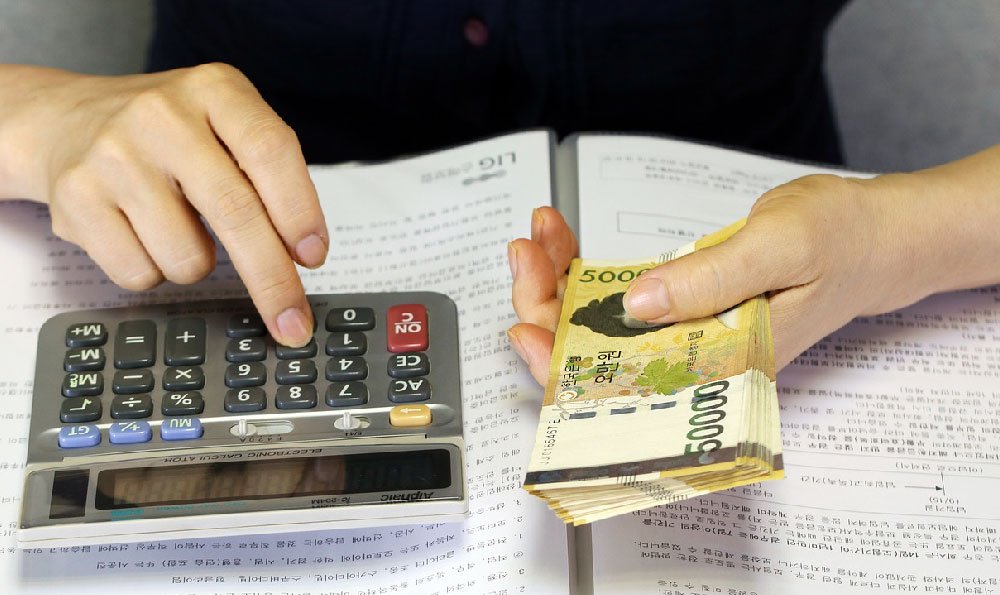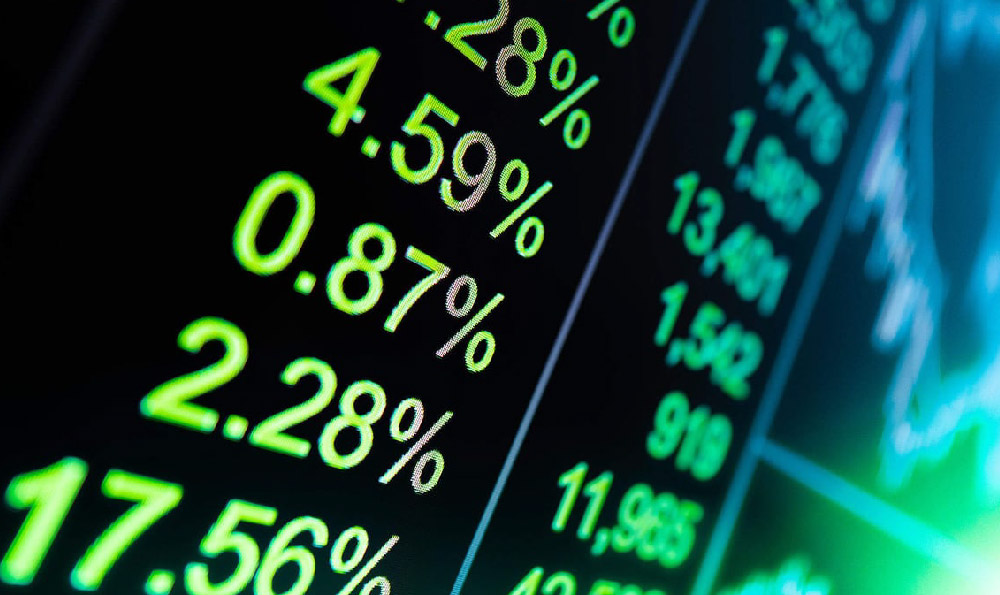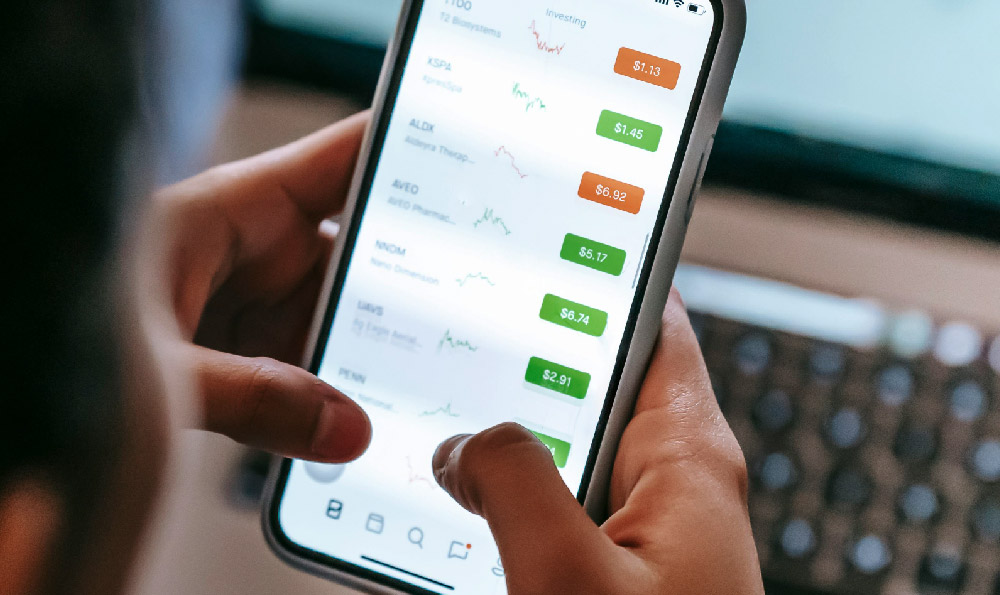The allure of driving for Uber is undeniable. The flexible hours, the potential to be your own boss, and the seemingly easy path to earning money all contribute to its widespread appeal. But the question remains: How much can you actually earn driving for Uber? Disentangling the myths from the realities requires a thorough examination of various factors, from location and hours worked to vehicle costs and the often-overlooked impact of surge pricing.
Estimating a precise income figure for Uber drivers is notoriously complex because it's not a static number. It's a dynamic variable heavily influenced by geography. Drivers in densely populated metropolitan areas with high demand, like New York City or San Francisco, generally have the potential to earn more than those in smaller towns or rural areas. This stems from a higher volume of ride requests and the increased likelihood of benefiting from surge pricing during peak hours. To get a realistic sense of earning potential in your specific area, research online forums, talk to existing Uber drivers, and perhaps even spend some time monitoring the Uber driver app yourself to see demand patterns.
The time you dedicate to driving is another crucial determinant of your earnings. Simply put, more hours on the road typically translate to higher gross earnings. However, it's not simply about logging hours. Strategically choosing when to drive is equally important. Targeting peak hours, such as weekday mornings and evenings during commutes, weekend nights, and special events like concerts or sporting games, can significantly boost your income due to increased demand and the possibility of surge pricing. Uber's app often provides insights into expected demand, allowing drivers to plan their shifts accordingly.

Surge pricing is a dynamic pricing mechanism employed by Uber to incentivize drivers to be on the road during periods of high demand. When demand exceeds the available driver supply, Uber automatically increases fares, allowing drivers to earn more per ride. Savvy drivers capitalize on surge pricing by strategically positioning themselves in areas experiencing high demand and accepting rides during these periods. While surge pricing can be unpredictable, understanding its patterns and responding effectively can significantly inflate your earnings.
While gross earnings are a useful metric, they don't paint the full picture. You must factor in the substantial costs associated with driving for Uber to arrive at a more accurate estimate of your net income. Vehicle costs are a major expense. This includes gasoline, vehicle maintenance (oil changes, tire rotations, brake repairs, etc.), insurance, and depreciation. Depreciation, the gradual decline in the value of your vehicle over time, is an often-underestimated cost that can significantly impact your profitability. If you're using your personal vehicle, you'll bear the brunt of these costs. If you're renting a vehicle through Uber's rental program or a third-party rental service, you'll need to factor in the rental fees.
Insurance is another essential expense. While Uber provides some liability coverage while you're actively engaged in a ride or en route to pick up a passenger, you'll likely need additional coverage to protect yourself during periods when you're logged into the app but not actively transporting passengers. This gap in coverage is a significant consideration, and it's crucial to understand the specific insurance requirements and limitations in your area.
Beyond vehicle costs and insurance, other expenses can erode your earnings. These include phone data usage for navigating and using the Uber driver app, tolls, and potential parking fees. You'll also need to consider self-employment taxes, which are significantly higher than traditional employee taxes. Failing to account for these expenses can lead to a misleadingly optimistic view of your profitability.
Uber's commission, the percentage of each fare that Uber retains, also impacts your income. Uber's commission varies depending on location, driver tenure, and promotions. Understanding the commission structure in your area is essential for accurately calculating your net earnings.
The type of Uber service you provide can also influence your earnings. UberX, the standard ride service, generally offers lower fares than premium services like Uber Black or Uber SUV. Drivers who qualify for and provide premium services typically earn more per ride.
Keeping meticulous records of your earnings and expenses is crucial for managing your finances and accurately calculating your taxable income. Utilize a spreadsheet or accounting software to track your mileage, gasoline costs, maintenance expenses, insurance premiums, and other relevant deductions. This documentation will be invaluable when filing your taxes and can potentially reduce your tax liability.
In summary, the potential income for Uber drivers is highly variable and depends on a complex interplay of factors. Location, hours worked, surge pricing, vehicle costs, insurance, Uber's commission, and the type of service provided all contribute to your net earnings. While driving for Uber can provide a flexible and potentially lucrative income stream, it's essential to approach it with a realistic understanding of the expenses involved and a strategic approach to maximizing your earnings. Thorough research, careful planning, and diligent record-keeping are crucial for success. Don't just focus on the gross earnings; focus on the net profit after accounting for all expenses. This will give you a true reflection of your earning potential as an Uber driver.



